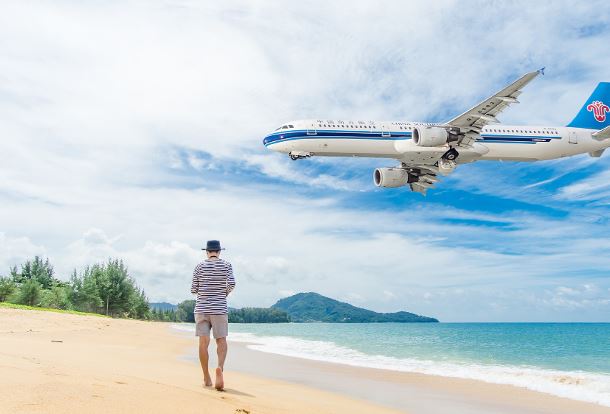Mailman X, a Shanghai-based agency focused on destination marketing for today's Chinese outbound traveler, recognizes that the country's appetite for digital and social media content is fueling a massive change in traveler behavior, research, and decision making.
Digital, social media, and pop culture drive trends
To date, destinations are still too heavily focused on traditional trade marketing to attract today's Chinese outbound travelers. Focusing more on the traditional trade marketing side means missing out on attracting China's increasingly free independent travelers who turn to digital, social, and pop culture for trip planning and inspiration.
These travelers are heading to WeChat, video platforms, user-generated content channels such as Mafangwo and Fliggy, and other social media channels to find information, plan, book, and guide them through their trips. In August 2017, Fung Global Retail & Technology reported that 72% of Chinese travelers are influenced by digital media, such as travel websites, social media platforms, online travel agencies, and social trip planning platforms, while planning their overseas trips.
Beyond digital and social media, popular entertainment also influences how China's outbound travelers get inspired. According to a 2017 Global Travel Destination Report by social trip-planning site Mafengwo, 24.5% of Chinese travelers are influenced by TV, film, and variety shows.
“Destinations need to listen to their target audience to create a business-to-consumer content strategy and develop engaging content across China's digital platforms to capture the expanding free independent traveler market,” said Devon Dow, global strategy director of Mailman X.
Chinese outbound travelers: younger, more Independent, and adventurous
Today's Chinese travelers are increasingly diverse, but with a few common threads: the rising spending levels of millennial and post-90s (those born between 1990 and 1999) travelers, the shift away from group to free independent travel, as well as the diversification of activities from shopping to outdoor experiences.
According to Bloomberg Intelligence estimates, 18- to 34-year-olds in China accounted for 60% of the country's foreign travelers in 2016, making 82 million trips abroad and spending more than USD 150 billion.
Group travel is still favored by 44% of Chinese outbound travelers, but close to 42% prefer to travel individually, according to the Ipsos and Hotels.com survey. Younger travelers' preference for individual travel is especially notable, favored by 64% among those born between 1980 and 1999.
While it's true that they do spend a large chunk of money on shopping - at an average of 25% of their total overseas expenditures, according to a 2017 survey from Nielsen and Alipay - they spend on other items as well. Accommodation, for example, makes up 19% of their expenditures, while spending on dining accounts for 16%.
Read Original Article




